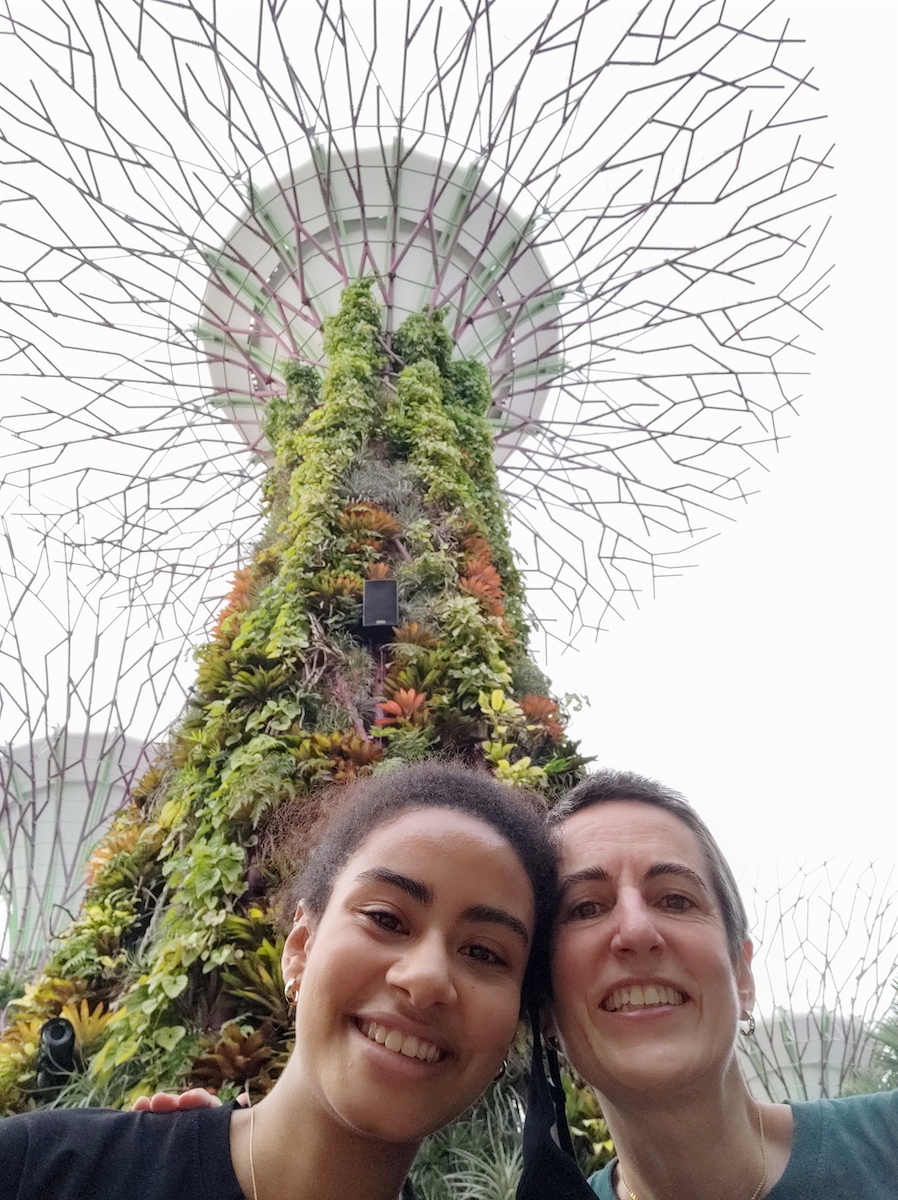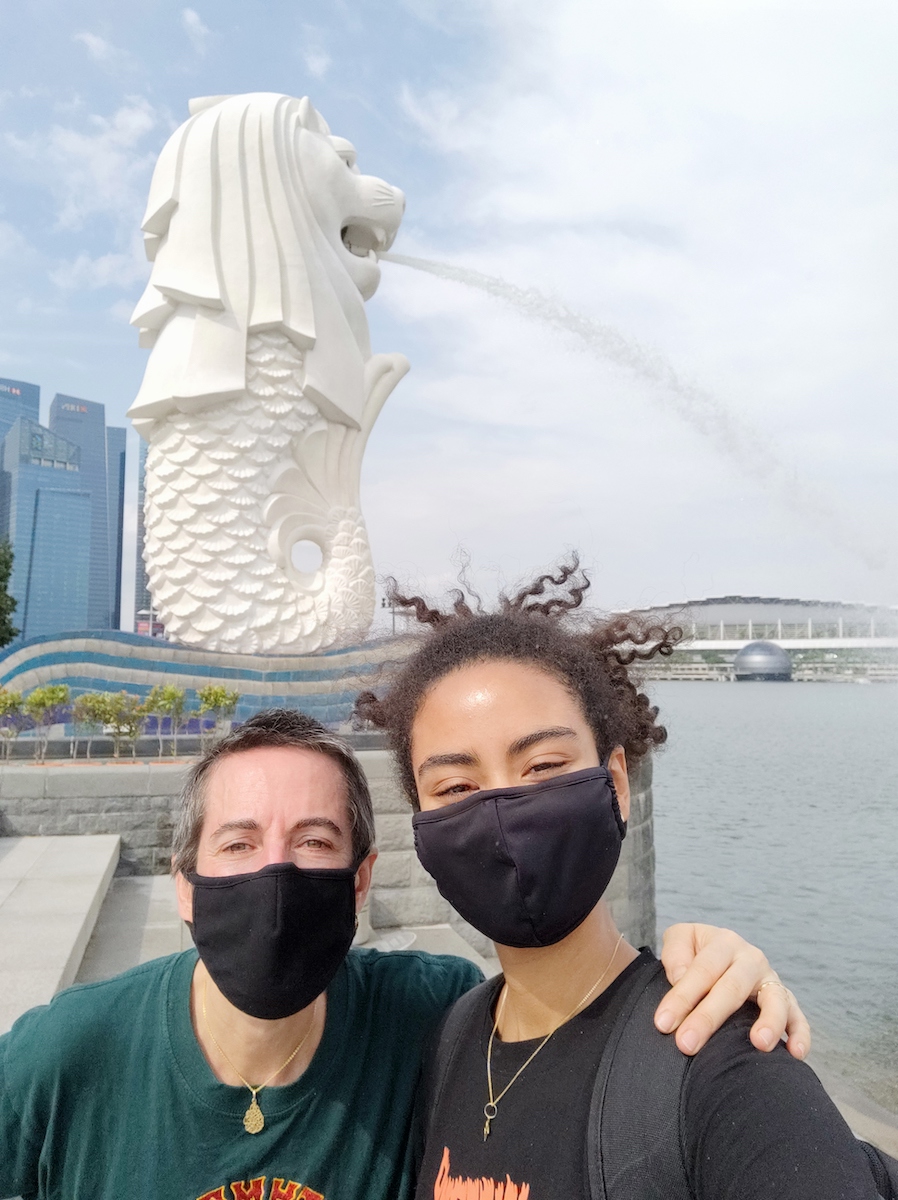Associate Professor Natasha Howard moved to Singapore to join the Saw Swee Hock School of Public Health in early 2020 from the London School of Hygiene & Tropical Medicine (LSHTM), where she continues to supervise doctoral students and lead on several research projects.
What have been your main areas of work over the last few years?
My work has largely focused on infectious disease control and healthcare for conflict-affected populations in low- and middle-income countries, particularly in Syria and Afghanistan. I have researched service-delivery topics, such as malaria vector control in Afghanistan and Myanmar, and also policy-relevant topics, such as health system governance in Syria and cross-country work on healthcare for forcibly displaced migrants and others with insecure status in Asia and Europe.
In the last few years, I worked particularly on vaccine-preventable diseases, including synthesising lessons from human papillomavirus (HPV) vaccine demonstration projects and global efforts to strengthen national immunisation governance. For example, a major HPV lesson was that countries promoting HPV vaccination to reduce cervical cancer risk found it easier than those focusing on HPV prevention, as HPV is sexually transmitted and vaccinating young girls to prevent such an infection can really upset some parents. Research can thus help to influence policymakers, as well as develop technical solutions, to improve health globally.
Some of the countries and topics I have researched were politically and socially sensitive. For example, I am finishing a study on the experiences of women with female genital mutilation (FGM) seeking health services in the United Kingdom. FGM is an under-resourced health concern and also highly emotive, as it intersects gender, identity, and culture in challenging ways. This project was mainly about women’s lived experiences of health issues and national health service responses. It is both challenging and important to find positive ways to conduct such research: to show it can be done, to raise awareness, and to contribute towards improving health. Qualitative approaches can thus help in examining the nature of complex health and social issues to help policymakers create initiatives to better support affected communities.
What are you currently working on at the School?
Between the two institutions, I’m juggling about eight research projects at various stages plus teaching, so life is really interesting. I’m leading regional research for the United Nations Population Fund (UNFPA), with Asst Prof Siyan Yi, on the socioeconomic and service-use effects of the pandemic. Although COVID-19 is an infection concern, measures to contain it may cause long-term effects on household incomes, access to services, and life chances. I’m working with Asst Prof Farah Shiraz on mental health effects of COVID-19 on health workers in Singapore and mental health stigma in the region.
I am leading two new studies funded by the UK Foreign, Commonwealth and Development Office (FCDO). The first, with Asst Prof Hannah Clapham and Asst Prof Nada Abdelmagid of LSHTM, involves modelling COVID-19 transmission in the Middle East and North Africa, and bespoke modelling support and capacity-building to several countries. Although data access and comparability are challenging, we developed technical reports, policy briefs, and an interactive dashboard to help countries and international partners interpret national epidemics. It will hopefully lead to lasting academic relationships across several countries and further joint research.
The second FCDO-funded study, starting in October 2020, will examine COVID-19 response governance and community initiatives across Syria. I’m particularly excited about the Syria work, which is now spread across three grants. The Syria Research Group (SyRG), which is co-hosted by SSHSPH and LSHTM, comprises mostly young Syrian health researchers, both in Syria and the UK. This research gives us a chance to do something a bit different from most global projects, for example, it is much more participatory with inbuilt cross-learning and team capacity-building.

What was it like starting at the School during the pandemic?
It has been incredibly busy with lots of interesting opportunities, many of which I haven’t had a chance to follow up on yet. Soon after I arrived, we moved to working from home and online teaching of students, so I haven’t yet had much chance to get to know Singapore, though food delivery here is amazing.
As much of my own work has been remote, and having used online platforms to work and teach, I was already familiar with the pros and cons. One significant positive is that with so many of us working and learning remotely now, we are no longer as constrained by physical distances. There are real benefits to online teaching in that students can join from anywhere in the world, or from home, e.g., if they have caring responsibilities. For example, the module on contemporary global health issues, which I currently teach, has students in India and Pakistan, as well as in Singapore.
Having a diverse group of students participating, each bringing their own perspective, has led to some really interesting debates about the nature of global health, health diplomacy, and what the future will look like. I have been able to organise several international experts to present, as it is much easier for them to dial in for 60–90 minutes from their home or office, compared to the time and cost of flying them here. This opportunity to include experts and students from all over the world is certainly a very positive component that I hope we are able to develop further. The pandemic has driven a huge transformation in education, and I see the future of education taking more advantage of a blended approach combining online and face-to-face opportunities.
What are your views on Singapore’s response to the pandemic?
I think Singapore has responded very well. The response has been logical, transparent and public health–driven, and public messaging has been clear and consistent (e.g., updates via WhatsApp and regular press conferences). The government has taken a cautious approach, which is sensible given how much we still don’t know about the virus. Like most countries, Singapore initially underestimated the potential impact of pre-symptomatic and asymptomatic transmission, which contributed to the major outbreaks in the expat dormitories. Fortunately, though it was a challenging lesson, we now have far more information to help us estimate health risk as the country navigates our new normal.
Tell us something surprising about yourself.
My first job was when I was 12, working as a school ‘handyman’. I learned to paint buildings, make furniture and repair broken equipment. However, although these are useful skills, I have learnt through experience that they are not very transportable. Not only do you need the right tools, but basics like electrics can really vary from country to country. So, nowadays I don’t do much DIY!


